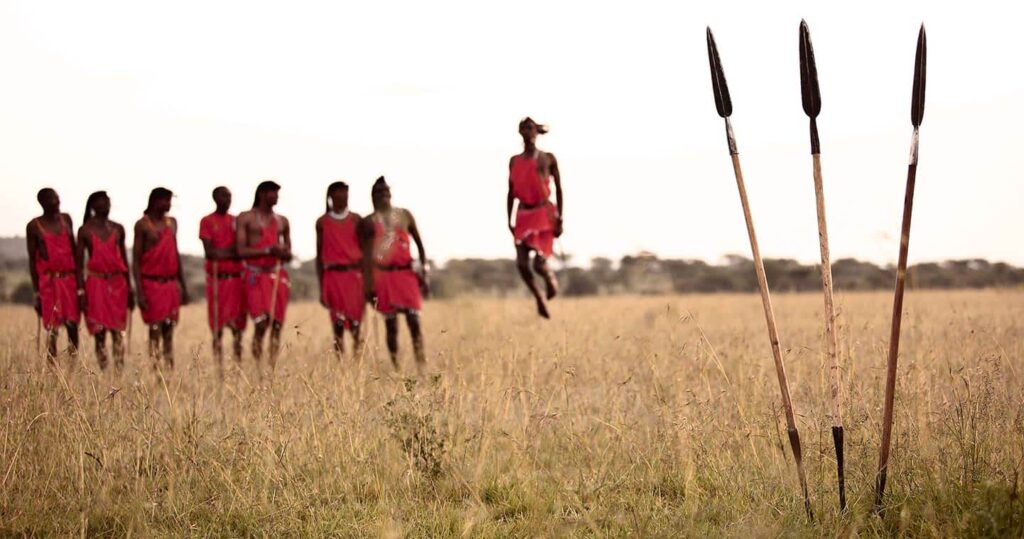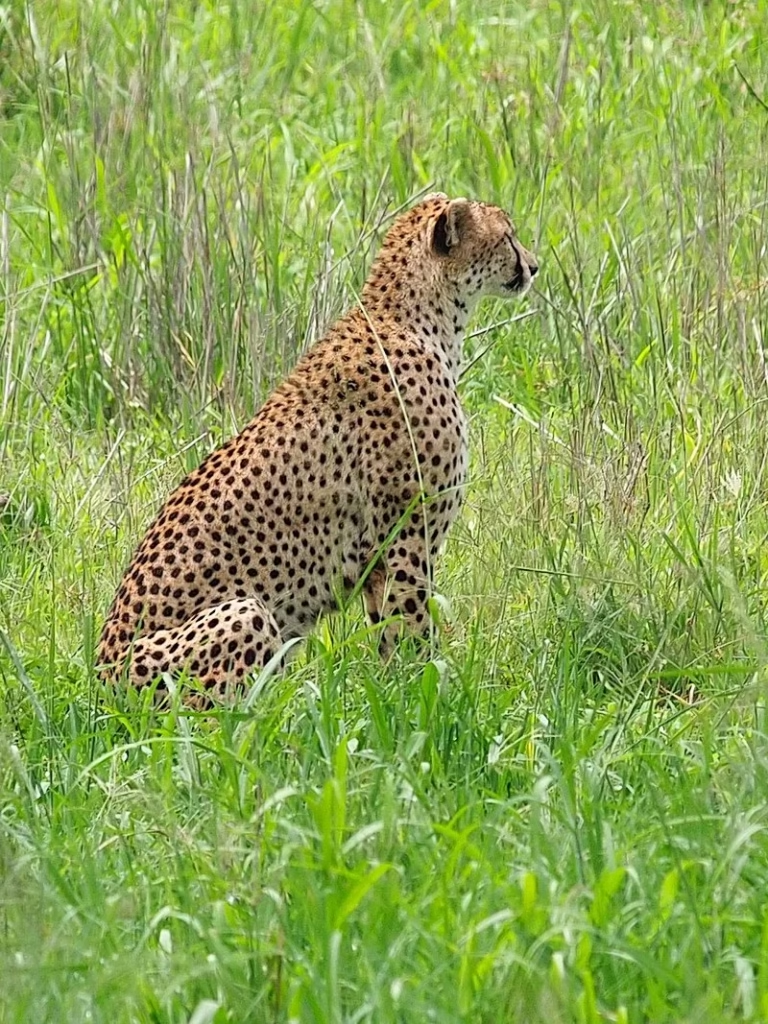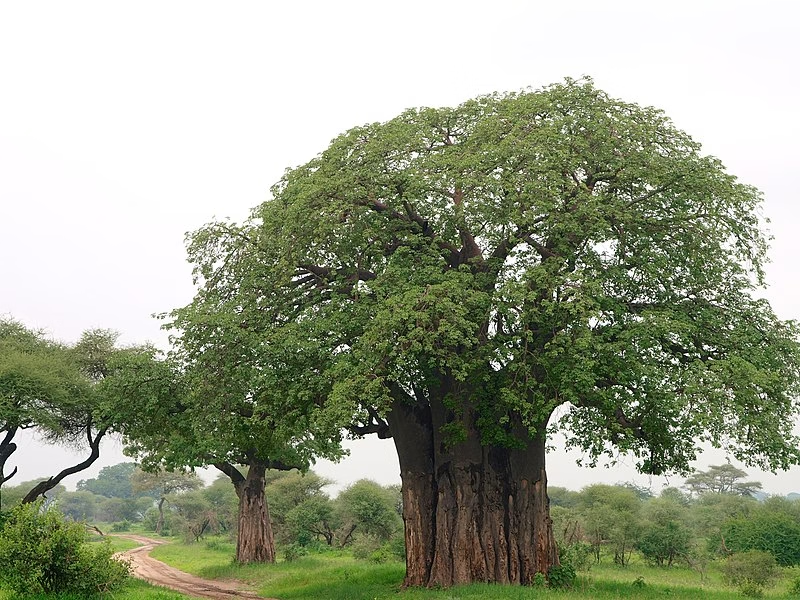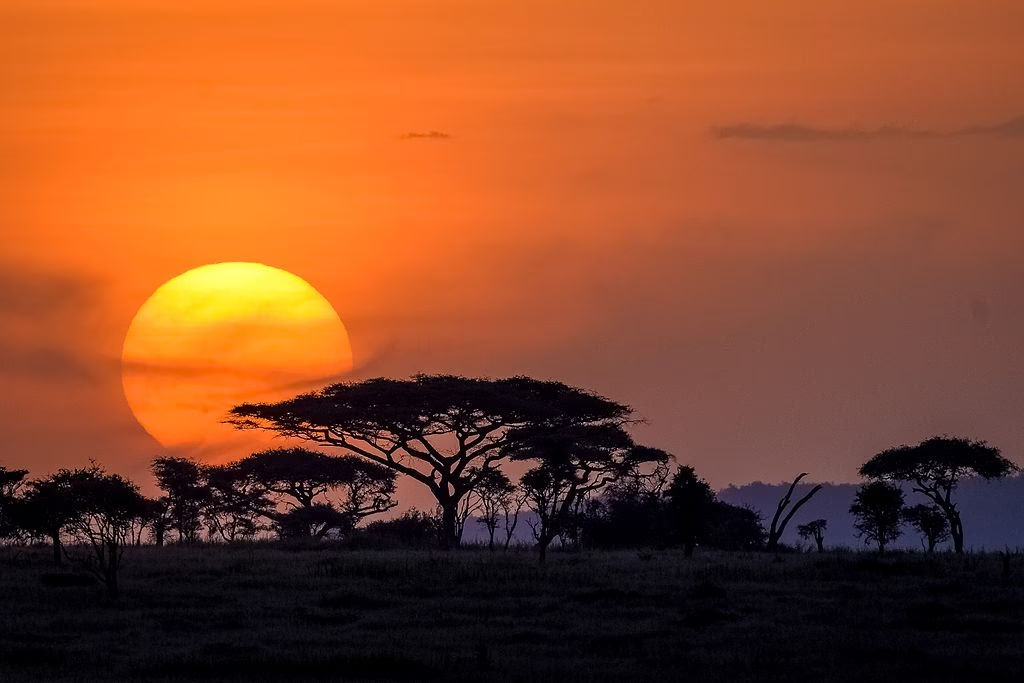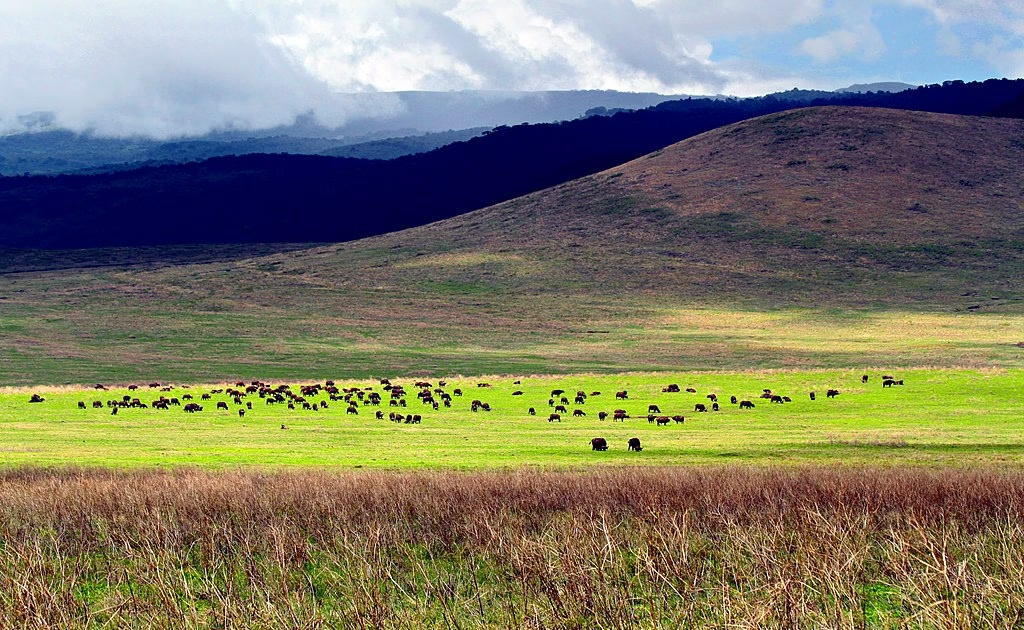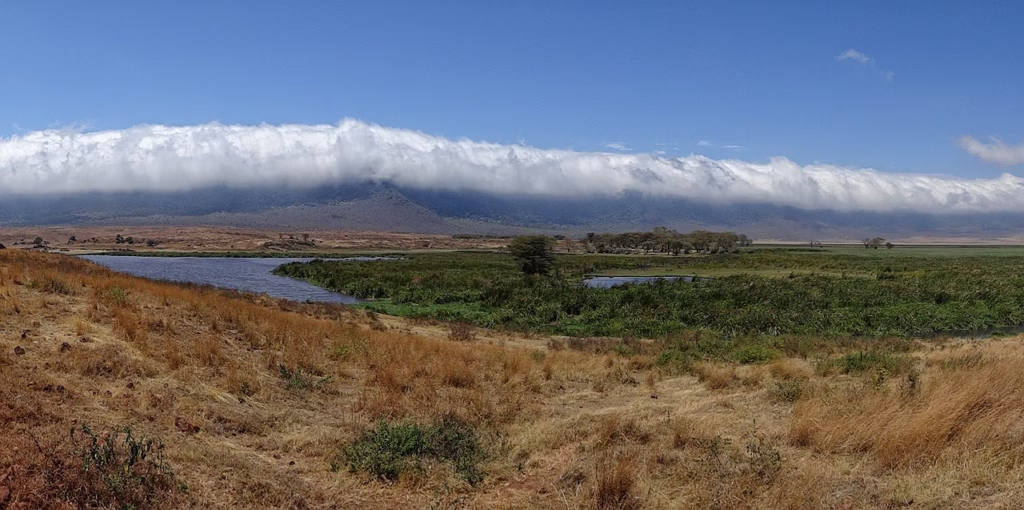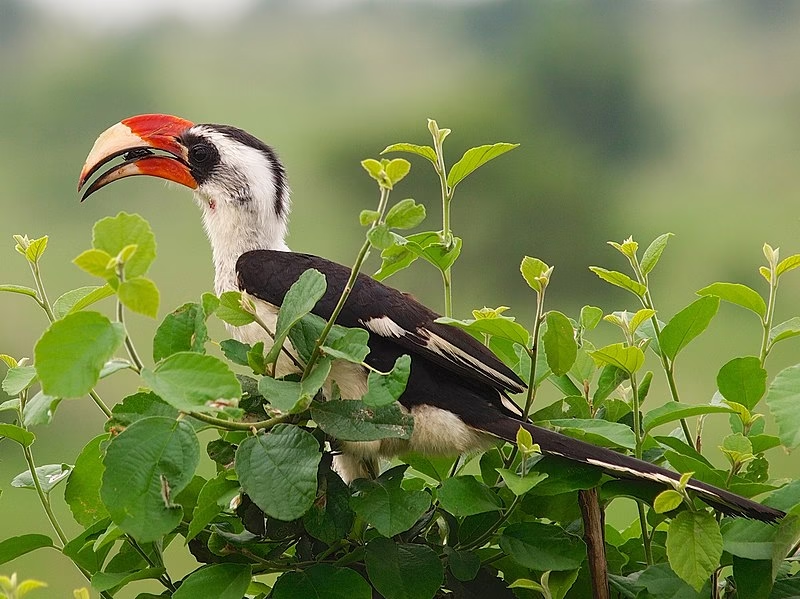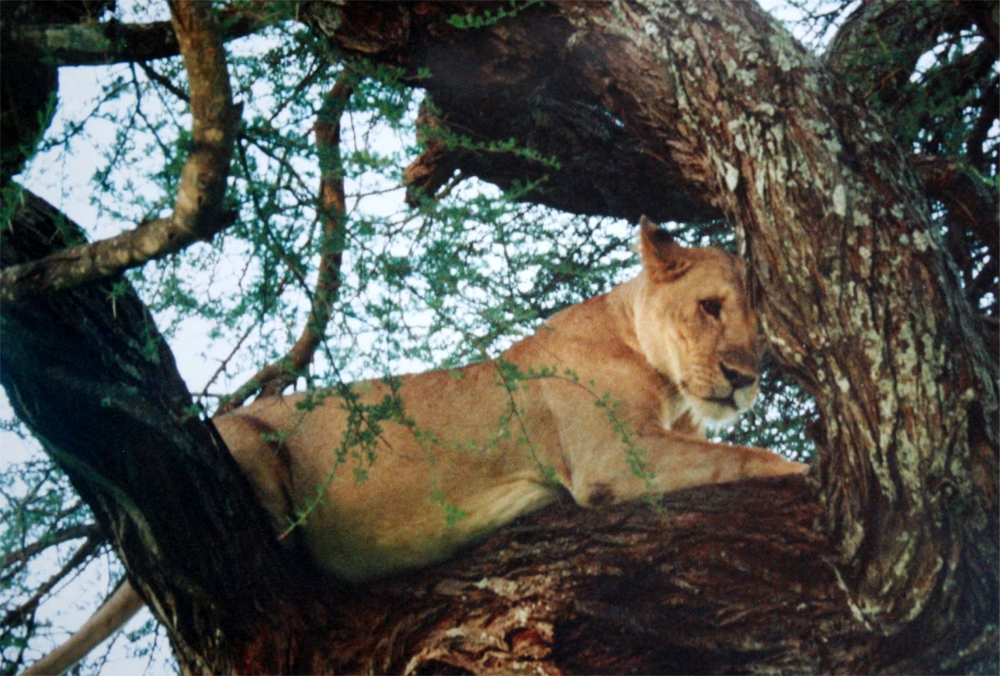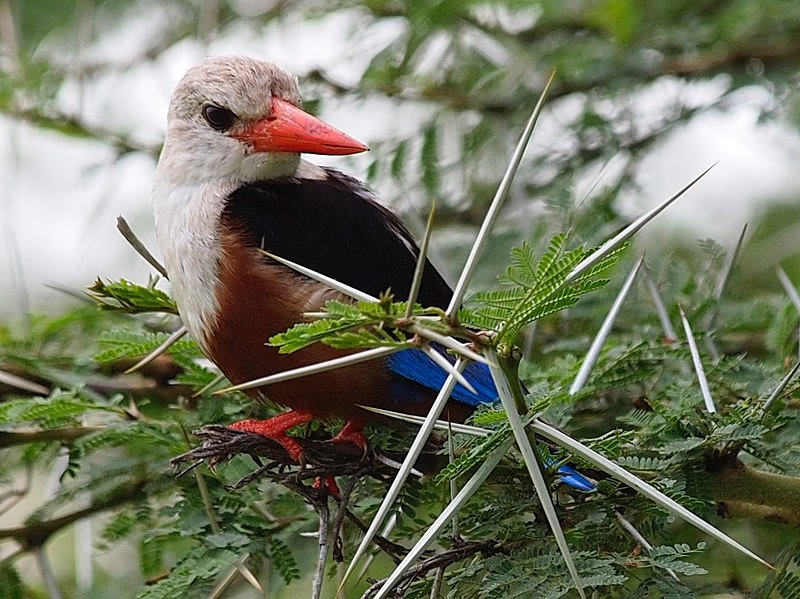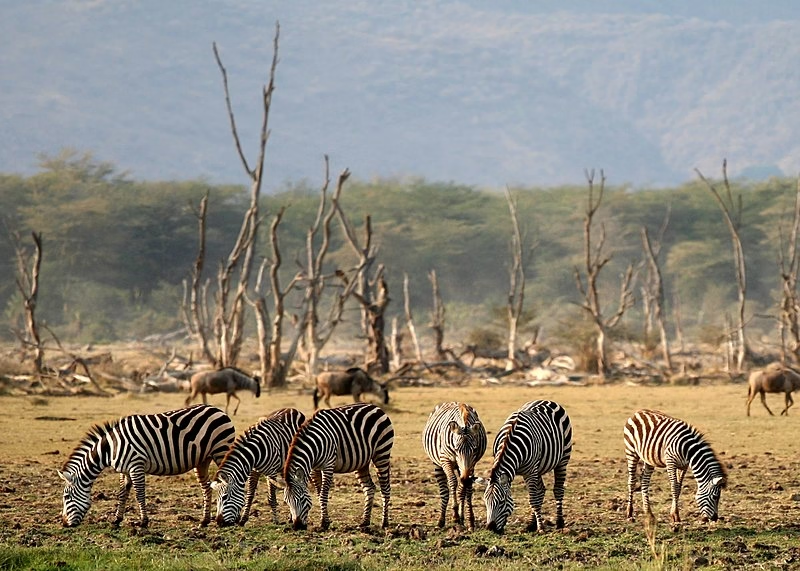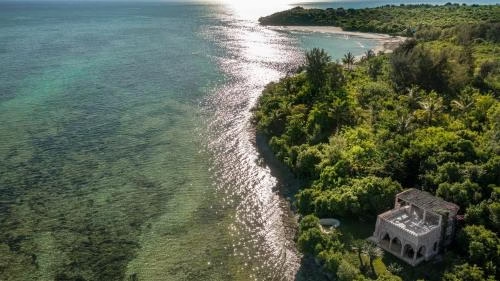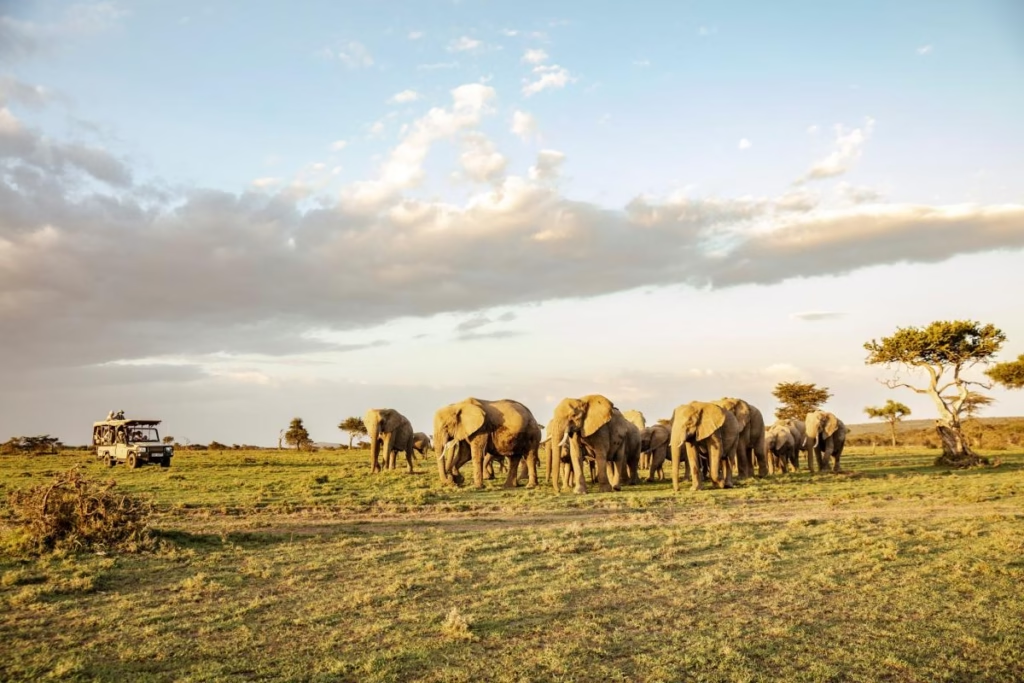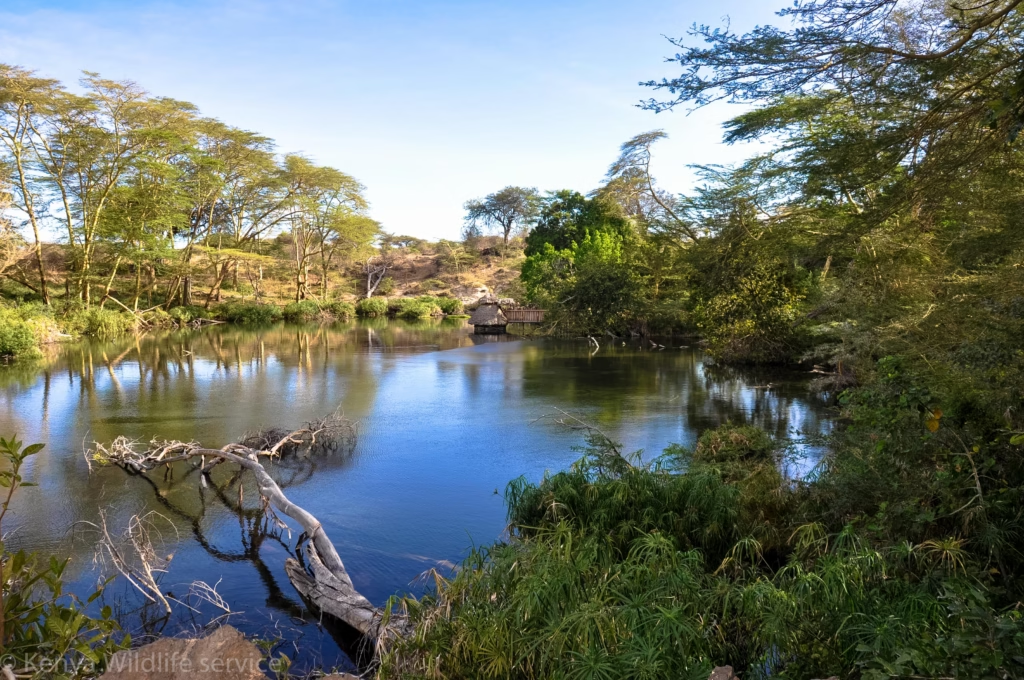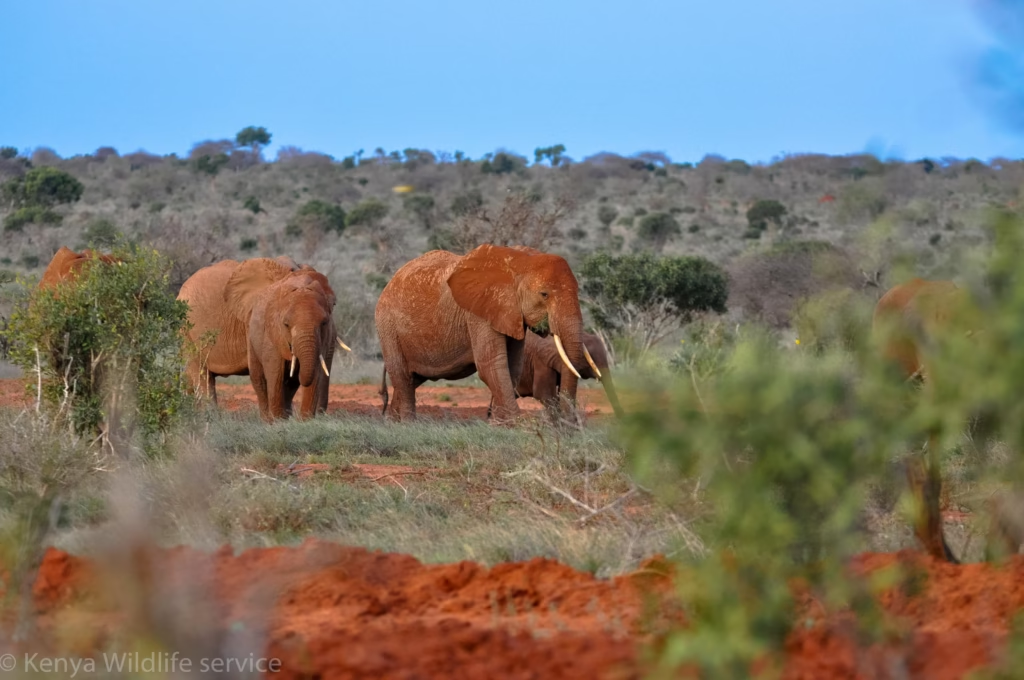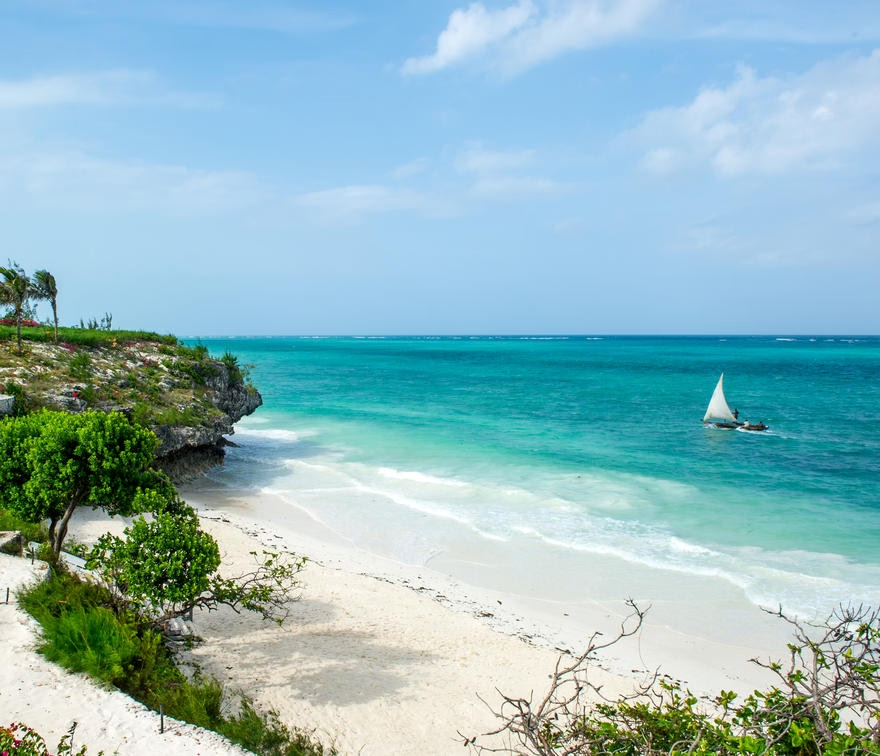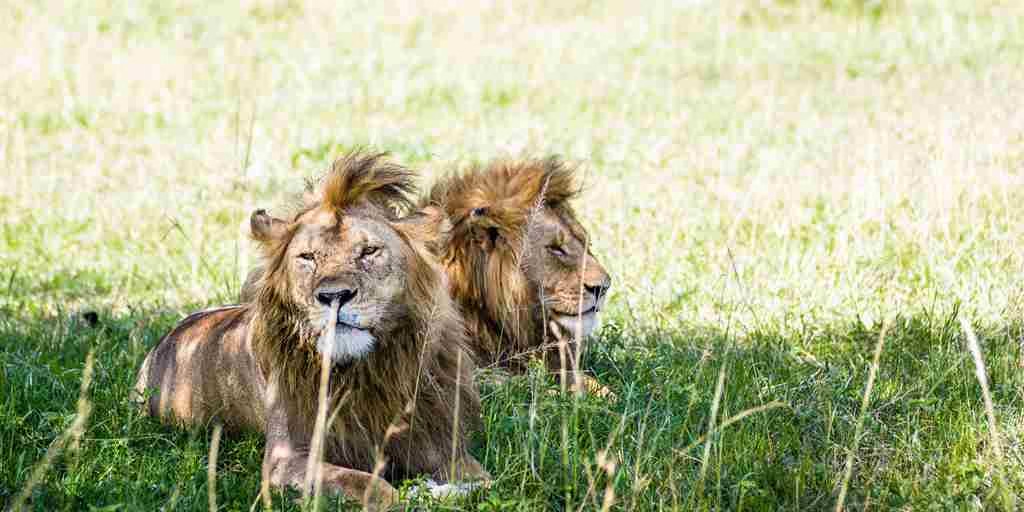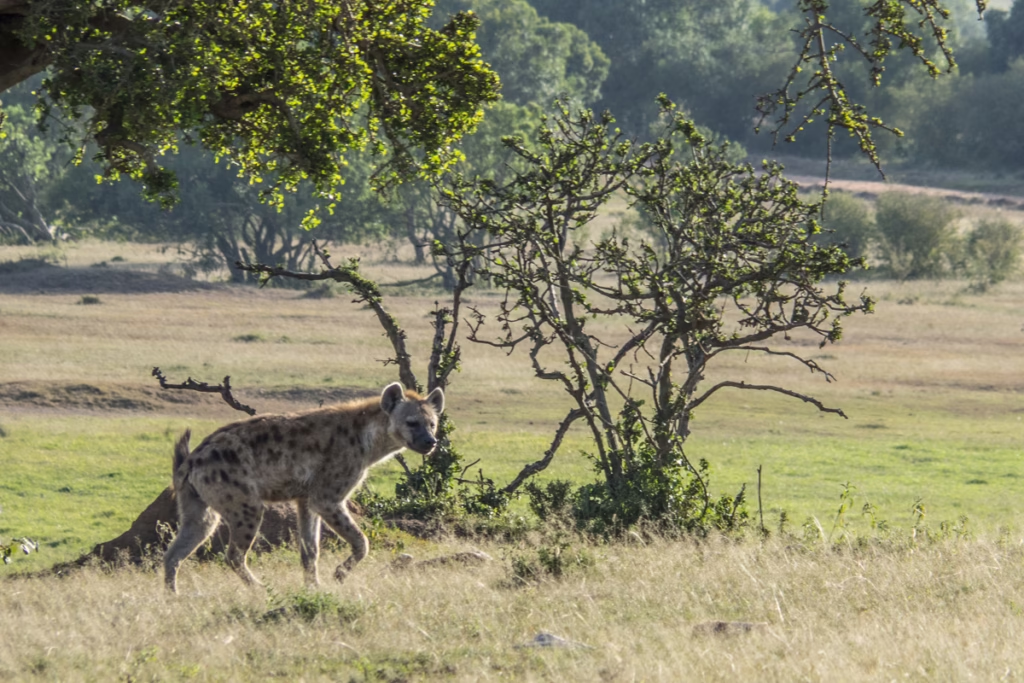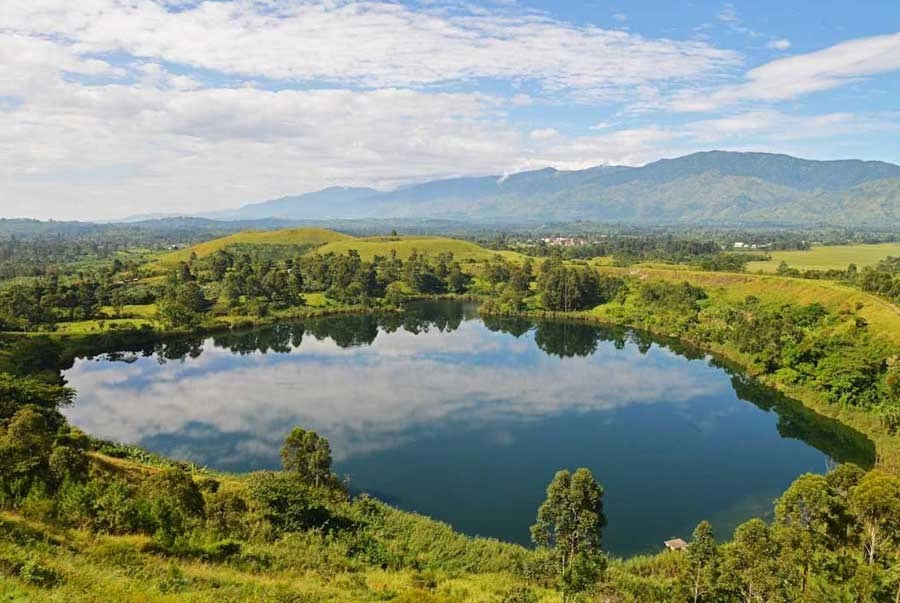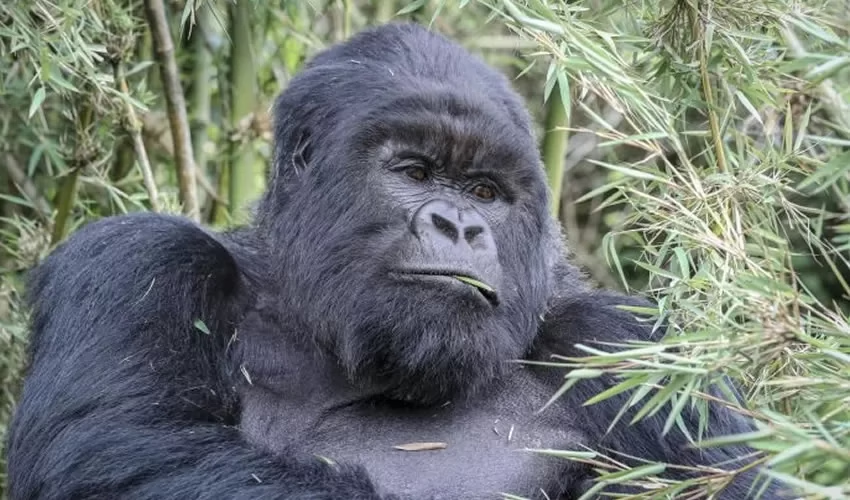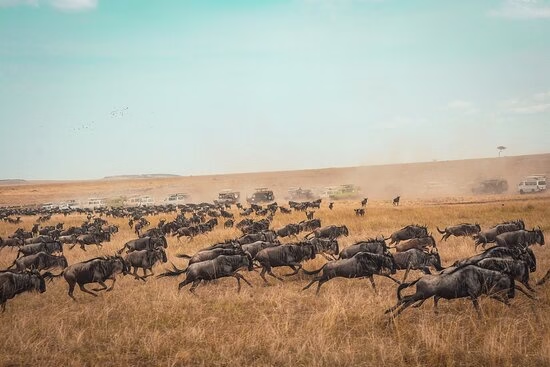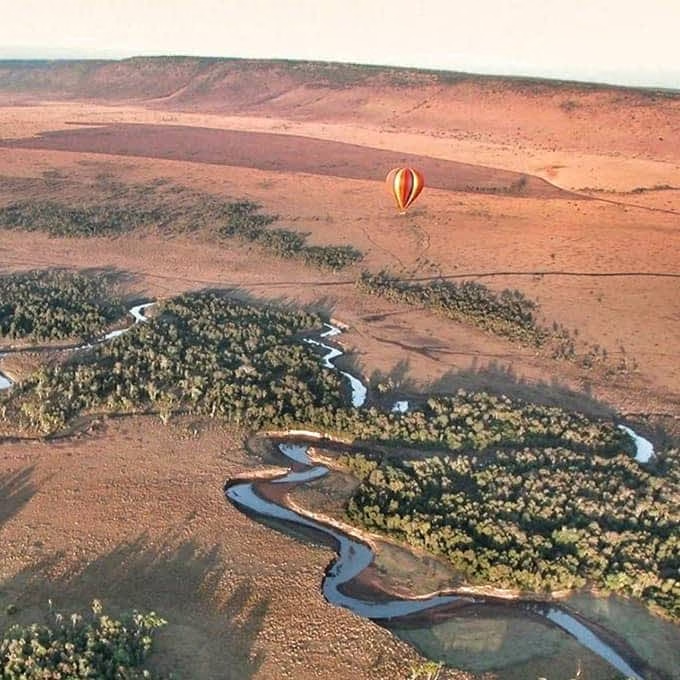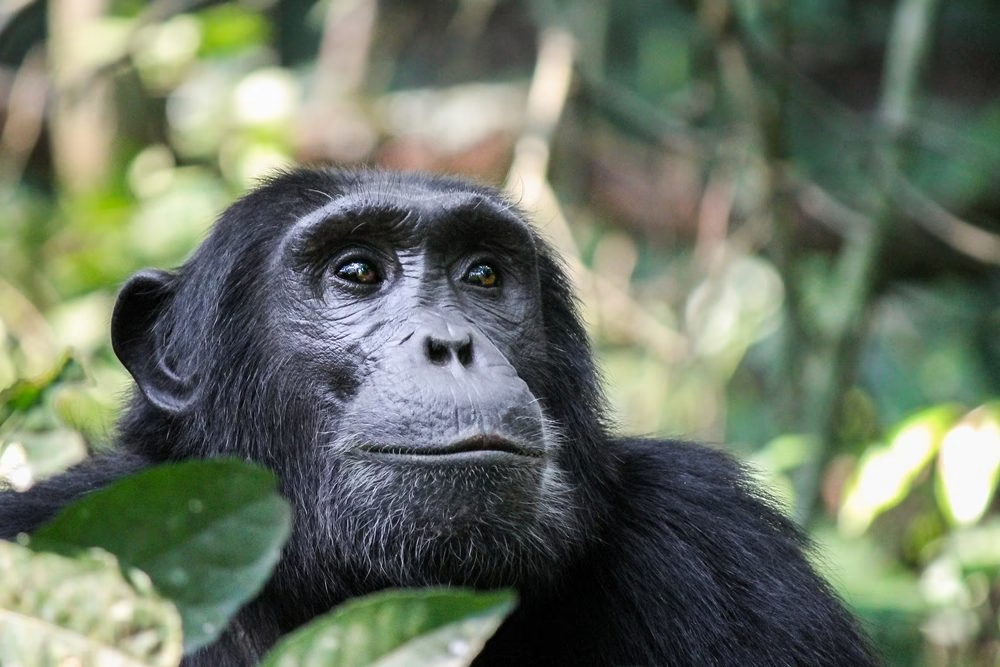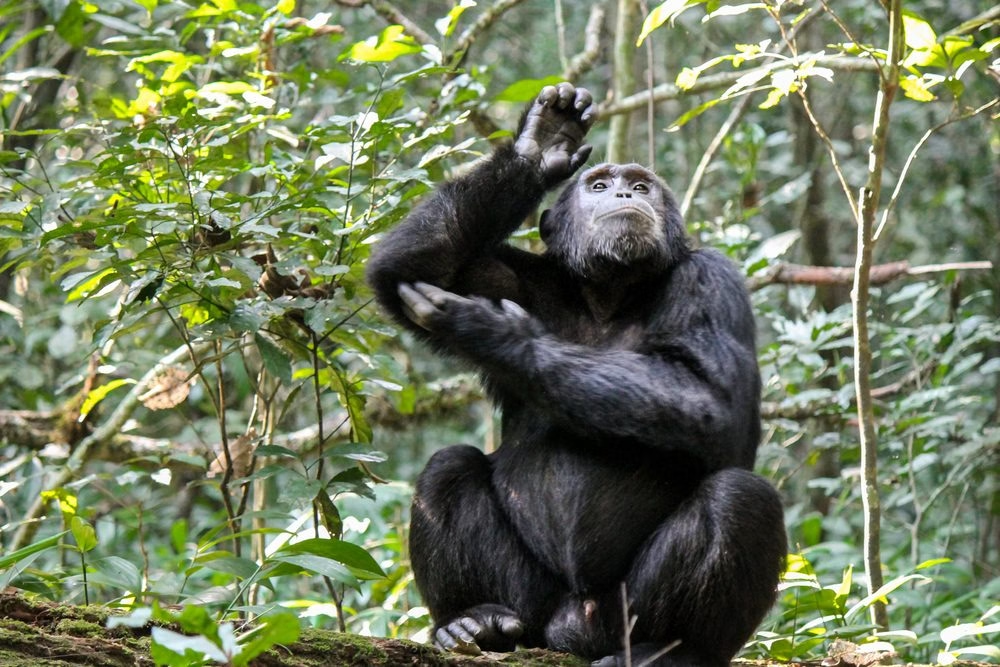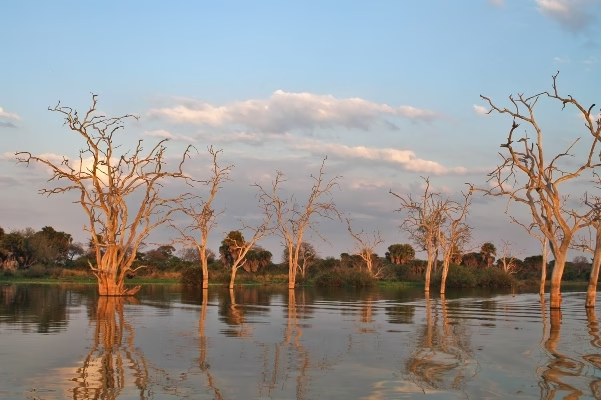- 4
- 26
- 4
- 7
- 2
- 7
- 1
- 1
- 1
- 1
- 3
- 6
- 5
- 1
- 1
- 1
- 14
- 2
- 3
- 3
- 1
- 1
- 19
- 1
- 1
- 6
- 1
- 1
- 1
- 2
- 2
- 2
- 6
- 3
- 6
- 1
- 3
- 4
- 8
- 1
- 6
- 2
- 1
- 5
- 1
- 1
- 6
- 4
- 6
Serengeti National Park
Location: Simiyu Region, Northern Tanzania
Area: 14,763 km²
Overview
The Serengeti National park is the largest national park in the northern circuit of Tanzania, stretching 14,763 km2 (5,700 sq. mi), located entirely in the eastern Mara Region and northern east portion of Simiyu Region in 3,700,000 acres of virgin savanna.
Established in 1940, the park is among the first sites listed as a World Heritage Site by UNESCO at the 1972 Stockholm conference and was formally established when United nations Delegates met in Stockholm in 1981. Known for the largest annual migration in the world of over 1.5 million blue wildebeest and 250,000 Zebra along with smaller herds of Thompson’s Gazelle and eland.
Home to the largest lion population in Africa, 4000 in number, 1000 leopards, 550 cheetahs, and some bird species inhabit an area close to 15,000 km2 in size and are under threat from deforestation, population growth, and ranching.
In 1961 the Maasai Mara National reserve in Kenya was established and in 1965 the Lamai Wedge between the Mara River and Kenya border was added to Serengeti National Park, thus creating a permanent corridor allowing the wildebeests to migrate to the Serengeti plains in the south to the Loita Plains in the north.
The Maswa Game Reserve was established in 1962 and a small area north of the Grumeti River in the western corridor was added in 1967. In the late 1950s, this area was recognized as a unique ecosystem providing many with insights into how the natural world functions and showing how the dynamic ecosystem really is.
An area of an incredibly long history of human occupation with human ancestors (Australopithecus afarensi) having lived in this area for almost 4 million years and home to several indigenous tribes. The landscape is a combination of nutritious grasslands and sparse woodlands, grassy areas dotted with acacia trees, the iconic image of the Serengeti.
The Uniqueness of this Park
-
- The Serengeti Migration received the most votes along with the most #1 votes making it the most recognized wonder of nature, one of the Seven Wonders of the World.
-
- The Serengeti is home to the largest land migration in the world.
Accommodation Options
-
- Siringita Serengeti Camp (10 accommodation tents including 1 family tent (2 ensuite bedrooms).
-
- Serengeti Bushtops Camp (12 luxurious rooms under canvas).
-
- Four Seasons Safari Lodge Serengeti (4 guest rooms, 2 Suites, 2 Villas).
-
- & Beyond Kleins Camp (10 cottages with private butler service).
-
- Singita Serengeti House – Grumeti (4 guest rooms, 2 Suites in the main house, 2 garden Suites.
-
- Sanctuary Kusini – only permanent tented camp in southern Serengeti (12 tents).
-
- Namiri Plains Camp (10 tents including 1 family tent).
-
- Dunia Camp (8 tents including 1 family tent).
-
- Kimondo Camp ( 8 elegant and airy tents).
Activities at the Destination
The main attractions in the Serengeti are
- Nature walks, game drives
- Hot Air Balloon Safaris
- Bush meals
- Visiting the Serengeti Visitor Center
- Visiting Olduvai Gorge
- Visiting the Ngorongoro Crater
- Observing the Wildebeest Migration
- Visiting the Maasai
- Camping
- Exploring the Bologonja Springs
- The Lobo Valley

